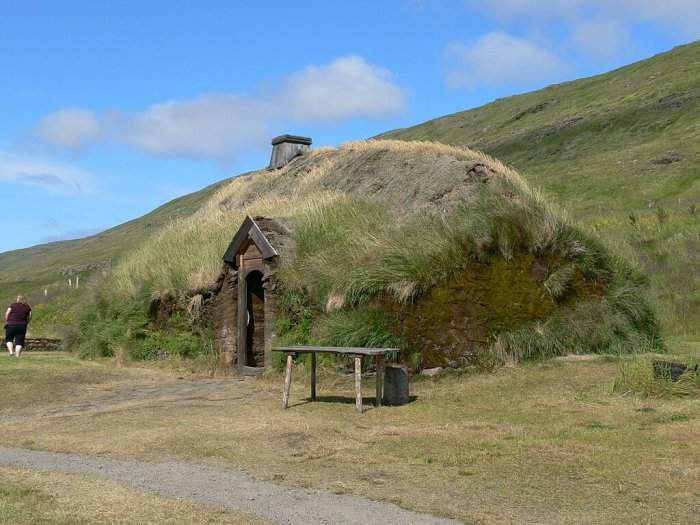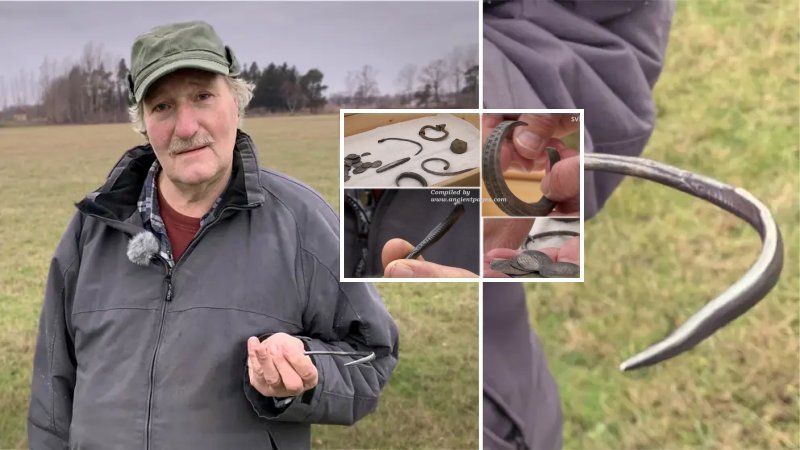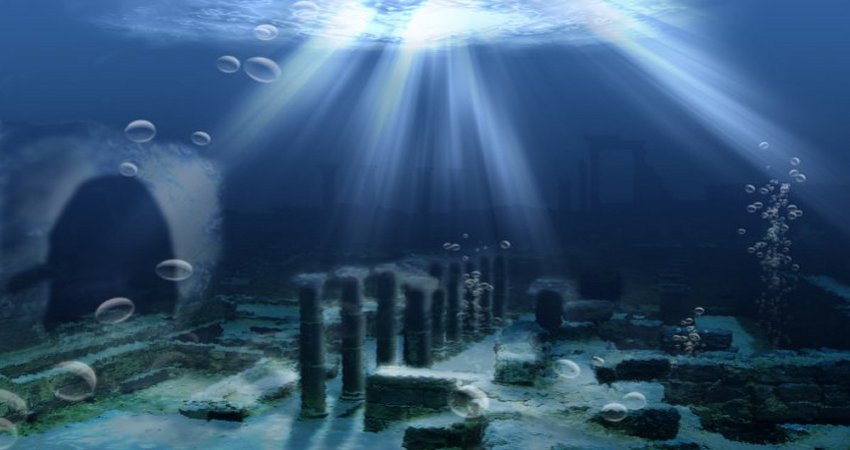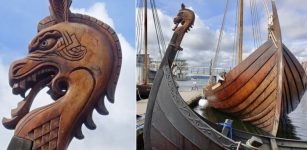Who Were The First Viking Settlers Of The Faroe Islands And Iceland? DNA Has An Answer
Jan Bartek – AncientPages.com – A recent study provides new insights into the origins of the first Viking settlers in Iceland and the Faroe Islands. Geneticists have examined Y-chromosome haplogroups on the Faroe Islands, which were colonized by Vikings around 900 C.E., and compared these with current Scandinavian haplogroup distributions.
Background: The landscape on the Faroe Islands today. Credit: Eyðfinn Magnussen. Viking – Credit: Pixabay – Public Domain – Image compilation – AncientPages.com
Their innovative analysis revealed that the haplotype distribution in the Faroe Islands closely matched those found in Norway and Denmark, with some resemblance to Sweden, but differed from Iceland’s genetic profile.
This suggests that Viking men from various parts of Scandinavia settled in the Faroe Islands, distinct from those who migrated to Iceland.
The Vikings were known for their extensive travels between the late eighth century and around 1050 CE. They ventured across the Atlantic Ocean to regions such as Newfoundland, Labrador, and Greenland while also exploring areas within the Mediterranean and continental Eurasia.
The Vikings are known to have established settlements in various locations, including the Faroe Islands, an archipelago consisting of 18 islands situated in the North Atlantic. However, archaeological findings suggest that these islands were inhabited as early as 300 C.E, potentially by Celtic monks or other groups from the British Isles. The Færeyinga Saga, a historical narrative written around 1200 C.E., recounts that a Viking leader named Grímur Kamban settled in the Faroe Islands between approximately 872 and 930 C.E.
But where in Scandinavia did Grímur and his followers come from?
“Here we provide strong evidence that the Faroe Islands were colonized by a diverse group of male settlers from multiple Scandinavian populations,” said Dr. Christopher Tillquist, an associate professor at the University of Louisville in Kentucky and the lead author of a new study published in Frontiers in Genetics.
Tillquist collaborated with Dr. Allison Mann from the University of Wyoming and Dr. Eyðfinn Magnussen from the University of the Faroe Islands on a study examining genetic diversity in the Faroese islands. The researchers analyzed 12 “short tandem repeat” (STR) loci on the Y-chromosome of 139 men from Borðoy, Streymoy, and Suðuroy to determine their genotypes and assign them to likely haplogroups, which have distinct distributions across Europe.
The team compared these genotypes with those of 412 men from Norway, Sweden, Denmark, Iceland, and Ireland to trace back the origins of Viking population founders. Their advanced analyses revealed that while Faroese samples shared similarities with broader Scandinavian genotypes, Icelandic genotypes were notably different.
Reconstructed longhouse at Eiríksstaðir, Iceland. Credit: Wolfgang Sauber – CC BY-SA 3.0
Additionally, they developed an innovative genetic method called “Mutational Distance from Modal Haplotype” to examine SNP variations within STRs. This method uncovered a “founder effect,” indicating a historical loss of genetic diversity due to colonization by a small group of people—a phenomenon still evident in today’s Faroese and Icelandic male populations.
“Scientists have long assumed that the Faroe Islands and Iceland were both settled by similar Norse people. Yet our novel analysis has shown that these islands were founded by men from different gene pools within Scandinavia,” said Tillquist.
“One group, diverse in their Scandinavian origins, established themselves in the Faroe Islands, while another and more genetically divergent band of Vikings colonized Iceland. They have separate genetic signatures that persist to this day.”
“There doesn’t seem to have been any interbreeding afterwards between these two populations, despite their geographic proximity. Our results demonstrate that Viking expansion into the North Atlantic was more complex than previously thought.”
“Each longship that set sail for these distant islands carried not just Vikings, but distinct genetic legacies. We can now trace these separate journeys of conquest and settlement, revealing a more nuanced story of Viking exploration than told by the history books.”
The study was published in the journal Frontiers in Genetics
Written by Jan Bartek – MessageToEagle.com – AncientPages.com Staff Writer












